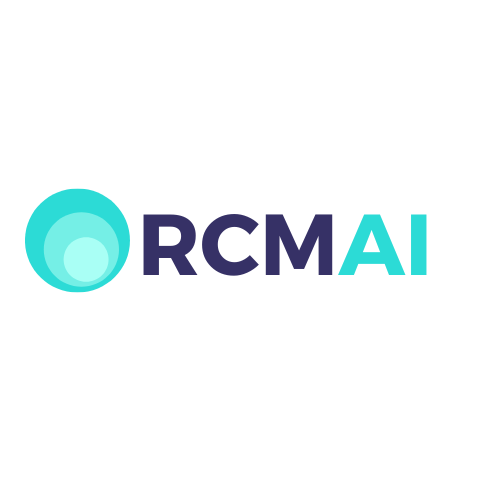Healthcare revenue cycle management is a complex process that involves managing patient billing, insurance claims, and payments.
The large amount of data generated by these processes can be overwhelming, but with the help of machine learning models, it can be transformed into valuable insights that can improve the overall efficiency of the revenue cycle management system.

In this step-by-step guide, we will walk you through deploying five machine learning models for revenue cycle management: Decision Trees, Random Forest, Support Vector Machines, Neural Networks, and K-Means Clustering.
Let’s dive into each step in more detail, including the specific tools that can be used for each one:
Step 1: Data Collection and Pre-Processing
In this step, you need to collect and pre-process the data that will be used to train the machine learning model. For revenue cycle management, will involve collecting patient billing and insurance claim data. Tools that can be used for this step include:
- Data Collection Tools: There are various tools available that can be used to extract data from different sources, such as databases, spreadsheets, and APIs. Some popular data collection tools include Talend, Apache NiFi, and Python libraries such as Pandas and Numpy.
- Data Cleaning and Pre-Processing Tools: After collecting the data, it is important to clean and pre-process it before using it to train the model. Tools such as OpenRefine, Trifacta, and Pandas can be used for this step.
Step 2: Model Selection
In this step, you must select the appropriate machine learning model for the task. For revenue cycle management, the following five models can be used: Decision Trees, Random Forest, Support Vector Machines, Neural Networks, and K-Means Clustering. Tools that can be used for this step include:
- Machine Learning Libraries: Popular machine learning libraries such as Scikit-learn, TensorFlow, and Keras can implement the selected machine learning model.
Step 3: Model Training
Once you have selected the model, the next step is to train it on the training dataset. This involves feeding the model the training data and adjusting the parameters to optimize the model’s performance. Tools that can be used for this step include:
- Machine Learning Libraries: As mentioned in step 2, popular machine learning libraries such as Scikit-learn, TensorFlow, and Keras can be used to train the model.
Step 4: Model Evaluation
Once the model is trained, it is important to evaluate its performance on the testing dataset. This involves using metrics such as accuracy, precision, recall, and F1-score to determine how well the model can predict the outcome based on the data. Tools that can be used for this step include:
- Machine Learning Libraries: Popular machine learning libraries such as Scikit-learn and TensorFlow provide built-in evaluation metrics that can be used to evaluate the model’s performance.
Step 5: Model Deployment
Once the model has been trained and evaluated, it is time to deploy it in a production environment. This involves integrating the model into the existing revenue cycle management system and using it to make predictions on new data. Tools that can be used for this step include:
- Deployment Platforms: Platforms such as TensorFlow Serving, Flask, and Django can be used to deploy the machine learning model in a production environment.
Step 6: Monitoring and Maintenance
The final step is to monitor and maintain the deployed model. This involves regularly checking the model’s performance and updating as needed to keep it running smoothly. Tools that can be used for this step include:
- Monitoring Tools: Tools such as TensorBoard, Grafana, and Kibana can monitor the model’s performance and identify any issues.
Deploying machine learning models for revenue cycle management requires data collection and pre-processing tools, model selection and training, evaluation, deployment, and monitoring and maintenance.
Healthcare organizations can successfully deploy machine learning models and improve their revenue cycle management processes by using the appropriate tools for each step.



